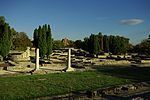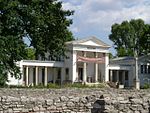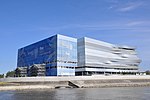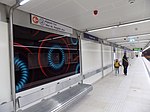Sziget Festival
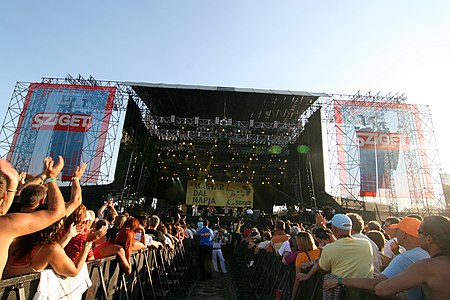
The Sziget Festival (Hungarian: Sziget Fesztivál, pronounced [ˈsiɡɛt ˈfɛstivaːl]; "Sziget" for "Island") is one of the largest music and cultural festivals in Europe. It is held every August in northern Budapest, Hungary, on Óbudai-sziget ("Old Buda Island"), a leafy 108-hectare (266-acre) island on the Danube. More than 1,000 performances take place each year. The week-long festival has grown from a relatively low-profile student event in 1993 to become one of the prominent European rock festivals, with about half of all visitors coming from outside Hungary, especially from Western Europe. It also has a dedicated "party train" service (with resident DJs) that transports festival-goers from all over Europe. The second event (1994), labelled Eurowoodstock, was headlined by performers from the original Woodstock festival. By 1997, total attendance surpassed the 250,000 mark, and by 2016 reached the 440,000 mark. In 2018 that record was broken when 565,000 visitors attended the festival. Since the mid-2000s, Sziget Festival has been increasingly labelled as a European alternative to the Burning Man festival due to its unique features ("an electronically amplified, warped amusement park that has nothing to do with reality").In 2011, Sziget was ranked one of the 5 best festivals in Europe by The Independent. The festival is a two-time winner at the European Festivals Awards in the category Best Major European Festival, in 2011 and 2014.In 2002, Sziget branched out to Transylvania when its organisers co-created a new annual festival there titled Félsziget Fesztivál (Romanian: Festivalul Peninsula) that soon became the largest of its kind in Romania. In 2007, the organisers co-created Balaton Sound, an electronic music festival held on the southern bank of Lake Balaton that quickly gained popularity.
Excerpt from the Wikipedia article Sziget Festival (License: CC BY-SA 3.0, Authors, Images).Sziget Festival
Május 9. park, Budapest Óbudai-sziget
Geographical coordinates (GPS) Address Website External links Nearby Places Show on map
Geographical coordinates (GPS)
| Latitude | Longitude |
|---|---|
| N 47.553888888889 ° | E 19.055 ° |
Address
Sziget Fesztivál
Május 9. park
1033 Budapest, Óbudai-sziget
Hungary
Open on Google Maps


